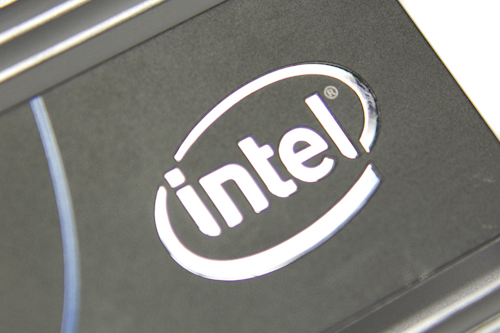Intel SSD DC P3700 800GB and 1.6TB Review: The Future of Storage
With the introduction of its SSD DC P3700, P3600, and P3500, Intel is giving us our first taste of the PCIe-based NVMe specification. We take the flagship P3700 for a drive in its 800 GB and 1.6 TB incarnations. Just how fast is the future of storage?
Intel SSD DC P3700: A Stellar First Look at NVMe
Consolidation has certainly taken its toll on the SSD market over the past few years. There were once numerous manufacturers trying to carve out a piece of the pie, and now a handful of companies dominate the space. As we've mentioned many times before, the brands without manufacturing resources are at a distinct disadvantage. Even some of the names that developed unique and advanced products have been devoured by larger players.
With the introduction of its enterprise-oriented NVMe-based line-up, Intel shows why massive R&D budgets and strong manufacturing eventually win out. Although these aren't the first drives utilizing the latest in solid-state technology (Samsung unveiled its own NVMe-capable contender a while back), Intel's launch is the most impressive thus far. It wasn't content to announce just one product; rather, the company ushered in three product lines in two form factors covering 12 total capacities. Unless you're Intel, Samsung, or Micron, it's hard to pull off an introduction of this magnitude.
As we just saw, Intel's SSD DC P3700 is an impressive performer. Because there are so many models and capacities, it's difficult to set up direct comparisons against the other drives we've reviewed (largely because the P3700's write performance varies depending on model). We did notice that the SSD DC P3700 performed according to Intel's specification though, which bodes well for anticipating the behavior of versions we weren't able to benchmark. This is something we've grown to expect from Intel. If the storage group puts something on a datasheet, you're going to see it in the real world. So, while Micron's hardware proved to be more than a match, the capacities and prices of those SSDs don't necessarily line up with the SSD DC P3700s we tested.
Speaking of pricing, Intel isn't known for its budget-oriented storage offerings. In this case, however, the company is looking to get aggressive in the PCIe-attached market. At ~$3/GB, the SSD DC P3700 is priced very competitively compared to Micron's P420m. Accounting for capacity, Intel should outperform the P420m in most tests. The Micron P320h is still superior in multiple areas, but at almost three times the price, it darned well should be.
Even though these product are aimed at enterprise customers, we have no doubt that certain enthusiasts will see the SSD DC P3500's price and find it reasonable enough. Unlike Intel's SSD 910, these SSDs are all bootable. Also, they perform extremely well at low queue depths, which is how most power users utilize their drives. Even multiple SSDs in a RAID array would have a hard time matching the performance of these PCIe-based solutions.
Maybe it's because we knew this technology was coming several years back, but this feels like an evolutionary step forward. Still, we want more. We now have a device stack that far exceeds the performance of the host interface and NAND; there's no more stumbling over the high latencies of AHCI. The stage is set for the future of storage, and Intel has its stake in the ground as far as enterprise-class NVMe products go. Only time will tell if other companies have the resources and expertise to follow.
Get Tom's Hardware's best news and in-depth reviews, straight to your inbox.
Current page: Intel SSD DC P3700: A Stellar First Look at NVMe
Prev Page Results: Enterprise Video Streaming Performance-
xback In the 1st table on page 1, the "4k random write IOPS" are reversed :)Reply
(3500 scores highest, while the 3700 scores lowest) -
redgarl OCZ already went there and even made their own connector for providing more bandwith to SSD... just a shame that now Intel try to remove the carpet from beneath the feet of OCZ. Well, old tech is new tech.Reply
By the way, OCZ revodrive was priced similarly, I don't see that big fuzz from Toms here. -
Nuckles_56 "Intel's 2 TB model purportedly needs 650 LFM across the drive"Reply
What the hell is LFM? -
JeanLuc The active power consumption numbers on first table are wrong (I hope!) 35,000 watts active?Reply
Edit:
It's not actually wrong it might just be my out of date browser I'm using in the office but for me the numbers aren't lining up correctly. -
pjmelect Reply"Intel's 2 TB model purportedly needs 650 LFM across the drive"
What the hell is LFM?
Linear Feet per Minute of airflow
-
pjmelect Reply"Intel's 2 TB model purportedly needs 650 LFM across the drive"
What the hell is LFM?
Linear Feet per Minute of airflow
-
Nuckles_56 Reply13947314 said:"Intel's 2 TB model purportedly needs 650 LFM across the drive"
What the hell is LFM?
Linear Feet per Minute of airflow
Ah that makes sense now

